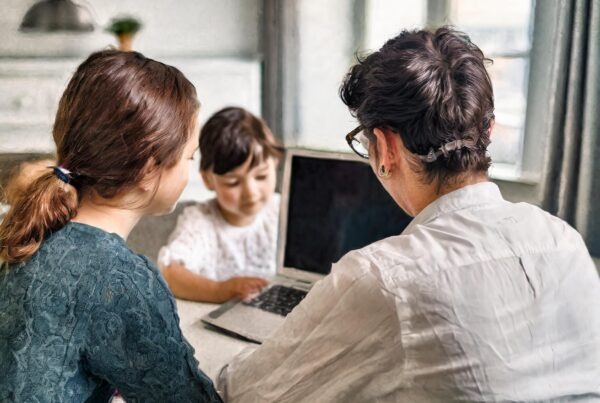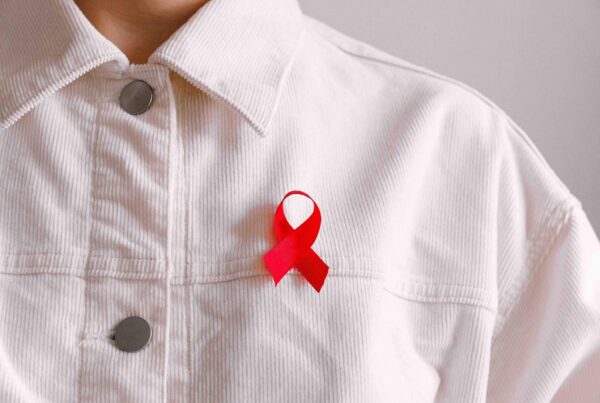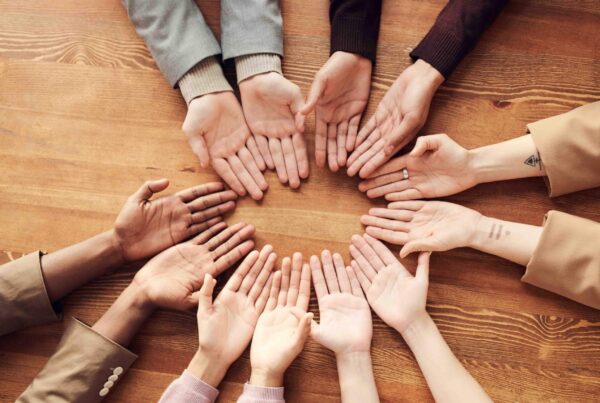
Queer people continue to face obstacles to freely express their sexual orientation and identity. The “Coming Out Day” on October 11 encourages people to take a look at the lives of LGBTQI+ people around the world. But what exactly is a “coming-out”, what does LGBTQI+ stand for and what does “queer” mean? Learn the meanings of the most frequently used terms in the community and how you can contribute to making diversity even more visible.
What is a “coming out”?
In general, “coming out” means coming out of the box, making something public. In terms of sexual orientation, this entails homosexuals declaring their same-sex love. Because most of us still live in a society were identifying oneself as male or female and entering into a relationship with the opposing sex is socially expected, this is often needed.
Nevertheless, homosexuals do not have to come out just like heterosexuals. Keeping one’s sexual orientation hidden in order to protect oneself is not reprehensible.
What is the difference between sexual orientation and gender identity?
In addition to sexual orientation, there is the “coming out” in terms of gender identity. Gender identity is not the same as biological gender or birth sex. Your biological gender is the gender you are born into, while your gender identity is the gender you feel you belong to. Transgender are people who feel partially or not at all belonging to their biological sex and therefore have a different gender identity. So, for example, if a biological boy feels that he belongs to the female gender.
Especially for heterosexual cis people, it is important to understand that there are far more than two genders. All of this and much more becomes clear when you visit the “du-bist-du” information and counselling site. There you can read personal coming-out stories from romantic and sexual orientation counsellors.
All people who (like the counsellors of “du-bist-du”) either do not love the opposite sex or do not feel they belong to their biological sex, find themselves under the term LGBTQI+.

Photo: Ketut Subiyanto via pexels.com
Understanding the LGBTQI + community
What exactly does the term “queer” imply, and what does LGBTQI + mean?
LGBTQI + is an abbreviation for Lesbian, Gay, Bi, Trans, Queer and Intersex. The + indicates that the list is not complete.
Queer refers to non-heterosexuals and persons who do not or just partially feel like they to the belong to the gender of their birth. Intersex persons cannot be clearly categorized into the two-gender system, because they are not biologically exclusively male or just female.
Perhaps you know people from the LGBTQI + community without realizing it. They might have not “come out” in general or to you.
A little ABC of queer words used in the LGBTQI+ movement
Let us start with the letter “A.” For example, the letter A can stand for asexual. If you are asexual, you feel little to no sexual attraction. “B” can stand for binary sex. This implies that people continue to assume there are only two sexes. “C” might refer to cis / cis gender. Cis people have a gender identity that matches their assigned birth gender. Incidentally, the origin lies in Latin (on this side, inside, within), the opposite of trans- (on the other side, over-). You can find more information under gender, gender identity.
You can find a good summary of queer terms, flags and symbols in the online queer lexicon or under the little ABC LGBT * IQ.
Make diversity visible in and for the LGBTQI + community

But perhaps you already know one of these three personalities: Ludovic-Mohamed Zahed, Barry Manilow, and Audre Lorde. Ludovic Mohammed Zahed, a homosexual imam from France, opened the first LGBT-friendly mosque in Paris in 2012. Barry Mailow is Jewish and gay, whereas poet Audre Lorde is black and lesbian. What do all of these persons have in common? None of them are white and Christian.
Outsiders may not always see the diversity within the LGBTQI+ community. Black, Indigenous, People of Colour, Muslims, Jewish people and many more are all part of the LGBTQI+ community.
Non-white and Christian individuals need to be represented in literature and films in order to make diversity visible within the LGBTQI+ community.
Because of the underrepresentation of non- white people, minorities within the LGBTQI+ community continue to fight for acceptance and equality from other queer people. At the same time, the entire LGBTQI+ community demands equality in society from heterosexual cis persons.
In order to help queer people who are facing racism in the community as well, the rainbow portal- run by the Federal Ministry for Family, Seniors, Women and Youth- has put together contact points in Germany. You can find special information for LGBTQI + people experiencing racism, including guidance on coming out, here.
Living conditions of the LGBTQI+ community in Germany
“Equality” and “acceptance” are two words that sum up the goals of the LGBTQI + community worldwide. At least in Germany, there is still a lot of work to be done before the goals are met. Just take a look at the conditions they have to live with.
Same-sex marriage has been legal in Germany since 2017. However, this does not mean that homosexual couples have the same rights as heterosexual couples. It starts with adoption. Same-sex couples can also adopt. But, only one man or woman is acknowledged as the child’s parent. In the case of lesbian couples, this means that a mother has to be recognized indirectly through a stepchild adoption.
Discrimination against queer people happen in all areas of life. For example, 30 percent of homosexuals experienced workplace discrimination. This is the conclusion of a study from 2020.
Another frightening fact is that gay and lesbian teenagers are three times more likely than heterosexual teenagers of the same age to commit suicide. Suicide is six times as likely among transgender teenagers.
You can read more about the study here.

CSD: What is behind the “Christopher Street Day?
The annual Christopher Street Day serves as a platform for raising awareness for discrimination against LGBTQI+ persons. You’ve probably heard about it on television or walked past by a booth. On Christopher Street Day, queer people and their allies, supporters, protest on the streets.
Christopher Street, widely known as Gay Pride, originated in New York. For the first time, LGBTQI+ people violently resisted police raids in queer-owned clubs in 1969. The conflict began at the “Stonewall Inn”, a homosexual bar on Christopher Street. Street battles took place for days. Today annual events are held all around the world.
People in Wiesbaden believe it is time for the LGBQI+ community to rise up, get out, and show oneself bravely, decisively, and passionately. As a result, the organizers of the CSD Wiesbaden give information on coming out. Drawing attention to an exciting offer online: “You can find information, for example film and book recommendations, as well as a map with many useful addresses that offer support on the subject of coming out at MeinComingOut.de“.
MeinComingOut.de is a campaign from ICH WEISS WAS ICH TU, a German Aids Aid campaign.
On Christopher Street Day, the gay community – joyfully joined by non-queer allies – pays tribute to the queer people of stonewall for their bravery. Thanks to them, it is possible to write articles like this one in many Western countries today. On the other hand, Pride is an event to mobilize people to convince them of the equality of the LGBTQI + community. It is important to have allies who speak out in public for the rights of queer people. Allies use their privileges to give others the same opportunities in life.
There is no clear definition of what constitutes an ally. However, the fact that you have read this far is a good sign. Find out more, share your knowledge with your friends or support the CSD and get in touch with the LGBTQI+ community. In your everyday life, you can create a queer friendly area, for example by asking a girl if she has a boyfriend or girlfriend, provided that the person identifies oneself as male or female. This might make it easier for others to come out. When you get to know someone, you can find out which pronouns the person wants to be addressed with.
CSD is the perfect place to advocate for equality for the LGBTQI+ community. Allies have a wide range of choices for speeding up the process of social acceptance.
What the “Coming Out Day” represents in our society
On Coming-out Day it is important to realize that coming-out is a lifelong companion or process for the LGBTQI + community.
As soon as queer people meet new people, whether it’s a medical professional, a supervisor, or the waitress, they can decide again and again whether they want to entrust this part of their life. Fear of rejection may be a constant in their minds.
On days like the Coming Out Day, we should remember that the LGBTQI+ community does not just exist in Western countries. However, many people do not have the freedom to express their sexual orientation and identity. That is why Coming-Out Day is not just a day of courage to advocate for equality for all individuals, but also a day of hope. Happy Coming-Out Day!
M.K.






